Shelter should always be a top priority, and while having the skillset to build natural shelters that can protect you from the elements is a great idea, it’s also worth packing something that can be ready in just a couple of minutes. In this video, Jason Salyer shows us how he rigs a basic poncho into a lean-to configuration that can act as a windbreak, overhead cover from precipitation, or even provide shade.
With a couple of pieces of cordage, some anchor points, and a bit of practice, you can be out of the immediate elements in just a few minutes. Don’t miss out on this opportunity to hone some new skills that could be the difference between soaking wet and staying dry on even the shortest of outings.
READ MORE: Review: Tops Knives C.U.T. 4.0


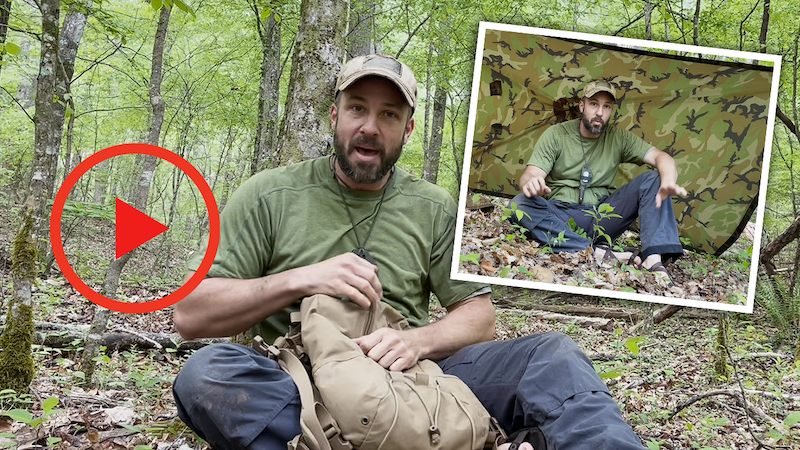
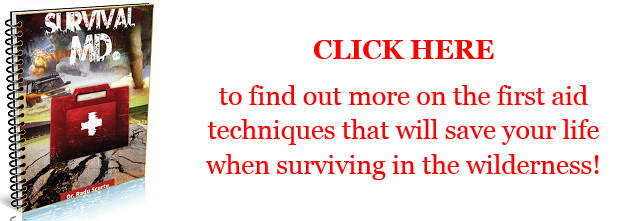
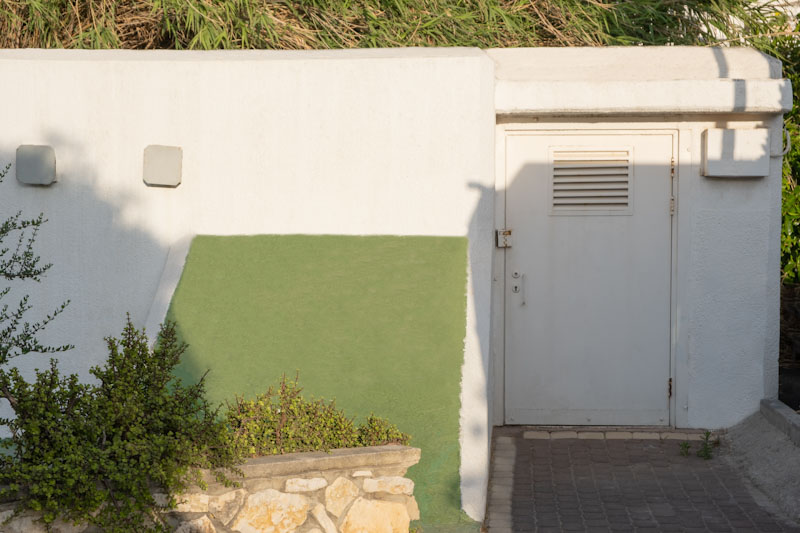
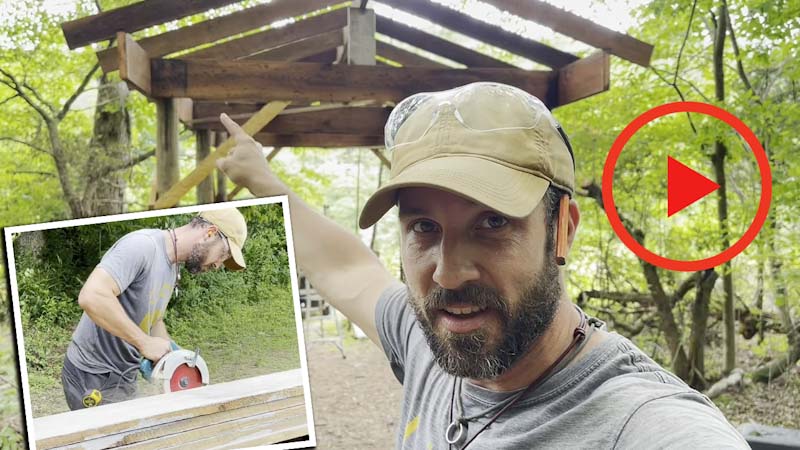
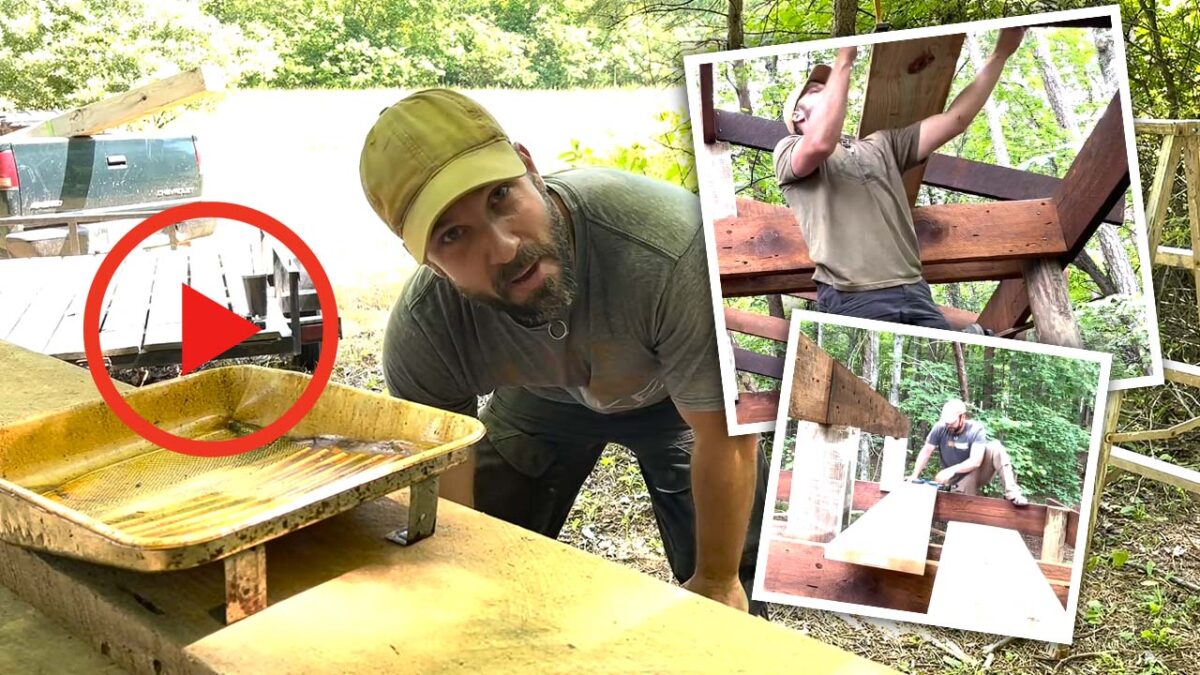
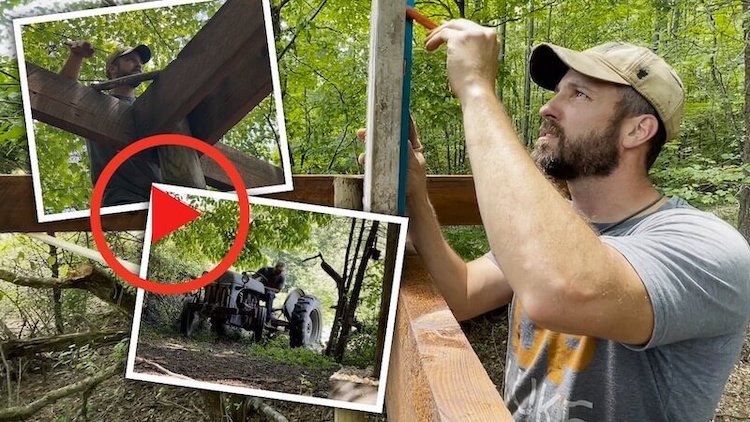

radar | May 20, 2022
|
Rick, (1) excellent presentation of your use of knots and slip knots that tie quickly and untie quickly. (2) You did a fine job showing how to tie a poncho for immediate use to keep wind and rain/sleet off; and you correctly commented that in a heavy storm the “set up” would not work well. I add another truth-factor in this matter, which is that many times in rain storms the wind actually twists and changes direction as it passes overhead. Not always, but often. Added to this fact of nature one can can ask (and should answer for self) the question about the value of bringing a nylon tent so that one is protected from foul weather that can approach in a short time span from any direction and change directions. Nylon tents can weigh as little as a poncho, and not take up much more space. The poncho then can be used for “the raincoat”; but also for water and heavy dew capture. (so I suggest taking a nylon tent and a nylon poncho–they are not so bulky nor heavy and can immediately be employed to take advantage of Mother Nature’s ways of providing for needs provided the use brings the containers–but even a poncho on the ground can catch water, pool it, cover it from debris and canteens can be filled with it (preferably stainless steel so that the canteen can be put on fire for boiling. Everything has its own time and place. One might not need or want a shelter on one day, that is needed on another. But water is needed every day. Another option to explore would be using a tent or poncho as a “water channel” by putting a ” J ” shape bottom on the lower side of poncho or tent and channeling water into a container.
(3) I am saying these things because I have a bias-context, which is that I am over 70-years old and no longer have the strength, endurance, nor time to do everything needful for survival preparation. That is my context for my suggestions. When I create a shelter that also channels dew-drip and rain water, I have killed two birds with one stone! I have shelter and channeled available water (while sleeping) resupplying me somewhat for the next day.. Bringing two ponchos is not much weight nor bulk and allows shelter and water collection from dew and rain.
(4) Your focus was rapid shelter set up for impending rain–you did an excellent job with that.
(5) I would caution you about one thing, and this pertains to an old saying when I was a kid: “Monkey see, Monkey do”. It is an attempt to take notice that we can learn “mistakes” just by seeing something. Seeing it goes into our mental memory banks. I am referring to you wearing of sandals, with no socks, out in the woods. And yes, these are your woods, where you know the ground. But the “watcher” may not realize that. Terrible it would be to wear sandals in the woods and get a long thorn up the side of a foot, just because “from somewhere now forgotten” a Monkey saw another Monkey wear sandals in a woodsy area. There is that other saying about “monkeys”– “Do what I say, not what I do.” Many a parent has suggested this with their children. I am not trying to be “nit-picky”, but you have no control over who your audience is nor their outdoor experience.
(6) And again, you provided an outstanding presentation on fast setup of shelter and the knots to tie (and which ends of the cordage to use). Thanks!
radar | May 20, 2022
|
Rick, its radar again. BTW, I have already the same poncho you have. I was reviewing in my mind USE OF A PONCHO for water capture, following your demonstration of how to tie cordage in advantageous ways. So my added thought is that I mentioned the importance of containers to hold water; and that reminded me of different folks who sell waterproof “Dry Bags” with a capacity to hold from 5-20 liters of water. Dry bags are also relatively light weight (and in and of itself it is a container that can keep things dry in one’s pack, even if one slipped into a creek, pond, swamp or lake. But you showed the ease to which one can tie strands of cordage between trees rapidly to take advantage of remaining dry in a storm. The same strategy can be used with four trees (maybe 3) catching rain, channeling it to a 20=liter water bag that can safely hold plenty of very clean water; and if you are staying put in your camp area, all you have to do is boil it. I have an opinion that excellent presentations (like yours, Rick) gives birth to many thoughts of application, like my add-on that I mention because though I have 3 sizes of dry bags; and the poncho, I don’t often think about just where and how I would use them all at once (and that is when I get Monkey-ish).